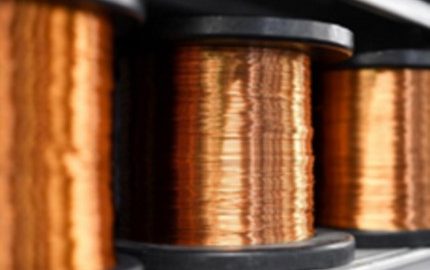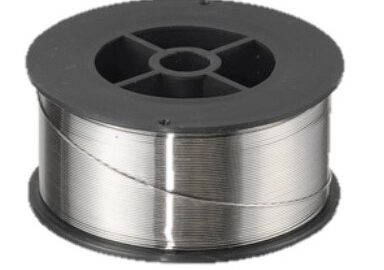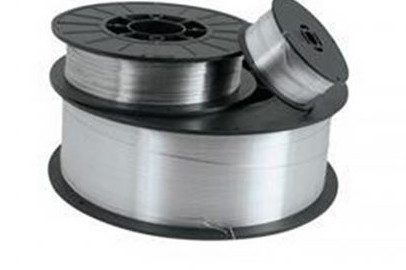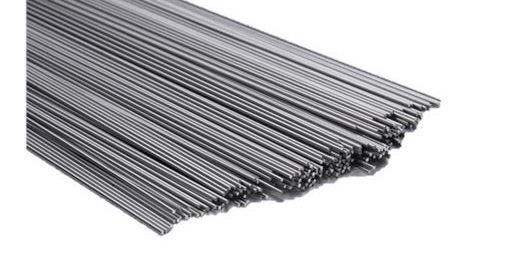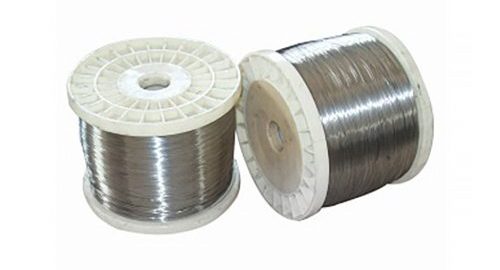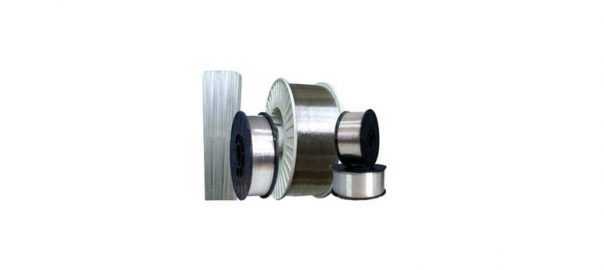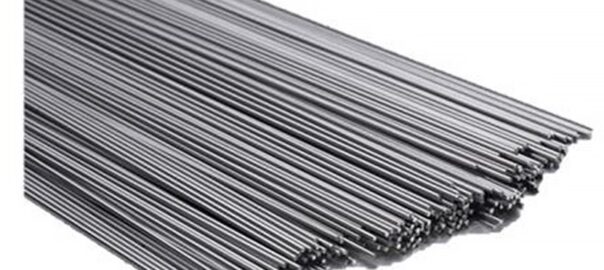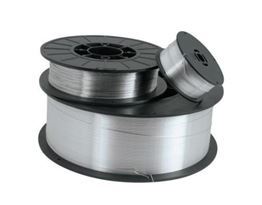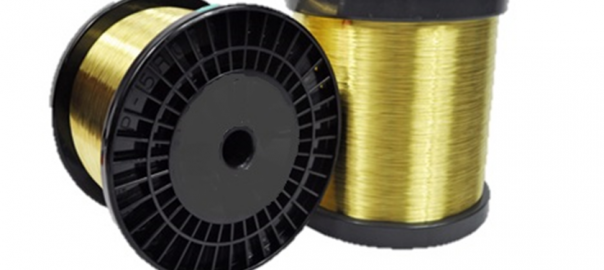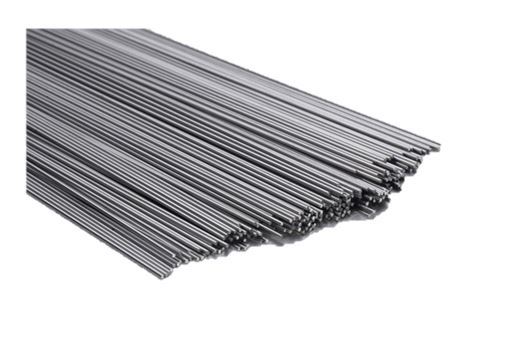
What does Age Hardening Mean for Welding Wire?
In metallurgy, age hardening is a heat treatment technique used to increase the hardness of an alloy by a relatively low-temperature heat treatment that causes precipitation of components or phases of the alloy from the supersaturated solid solution.

It is used to increase the tensile and yield strength of materials, including most alloys of aluminum, magnesium/titanium/nickel and some stainless steel. In superalloys, it is known to cause yield strength anomaly, providing excellent high-temperature strength. Age hardening is also known as precipitation hardening.
Age hardening is a heat-treatment process used to strengthen metal alloys. Unlike ordinary tempering, alloys must be kept at elevated temperature for hours, or “aged,” to allow precipitation to take place.
Age hardening creates changes in physical and mechanical properties by producing fine particles of a precipitate phase, which impede the movement of dislocations, or defects in a crystal’s lattice. Dislocations serve to harden the material.
13-8 MO stainless welding wire is a martensitic precipitation/age-hardening stainless steel capable of high strength and hardness. It has good levels of resistance to both general corrosion and stress-corrosion cracking.
Properties of age hardening include:
- Creates high tensile strength and hardness
- Improves wear resistance
- Reduces ductility/toughness
- Allows for easy machinability in soft state prior to age hardening
- Performed at low temperatures
Contact us for more information about all of our Welding Wires.




